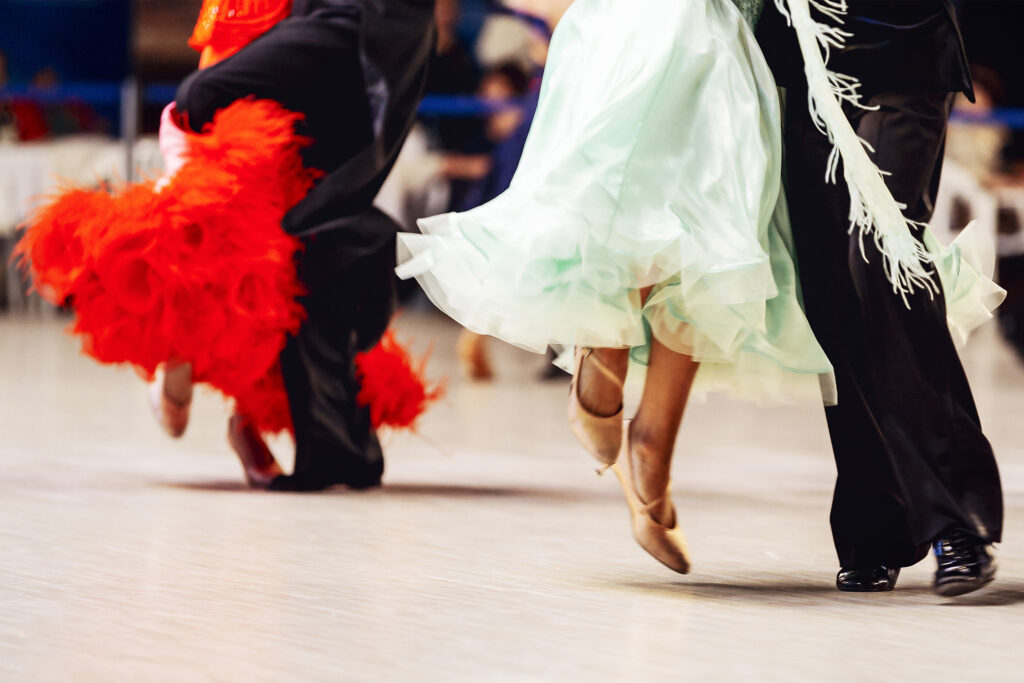Play 50 Questions At The Advanced Level
BY MEGHAN VANCE • AUGUST 14, 2023
We’ve been looking at questions to help improve music students’ active listening skills. In part one, we listed 6 questions for beginner listeners, questions that basically didn’t require music education. In part two, we listed 14 questions for intermediate listeners, questions that required some familiarity with musical vocabulary and concepts. Now we come to the advanced level. In general, this level requires more abstract thinking, more knowledge of music theory and history, and also some musical skill. For this level, you may want to have your instrument at hand to help you figure out exactly what you’re hearing.
THE ADVANCED LEVEL
LYRICS
- What is the rhyme scheme of the song?
- When does the lyricist use enjambment and when does the lyricist use end-stopped lines?
- Enjambed lines are those where the line stop interrupts the thought.
- End-stopped lines are those where the line stops at the same time as the thought.
- In these three lines from the song “Gentle On My Mind,” Glen Campbell uses both:
“When I walk along some railroad track and find [enjambed] That you’re moving on the back roads by the rivers of my memory [end-stopped] And for hours you’re just gentle on my mind.” [end-stopped]

TEMPO & RHYTHM
- Can you echo back the rhythm of the melody?
- Can you drum along, trying to match or complement the rhythms you’re hearing? We’re not talking about becoming a percussionist: simply tap out a rhythm on your lap, desk, or dashboard. If you’re struggling with this, try looking at The Drum Ninja’s notation of 15 common drum rhythms. These can be a helpful starting place for visual learners, students struggling with a particular genre, or students who need a few new ideas to spur on their own creativity.
PITCH
- What key or keys is the song in?
- Can you sing or play the melody?
INSTRUMENTATION
- What instrument or instruments play the melody?
- What instruments are the loudest?
- Try covering your ears and identifying what instruments you can still hear.
EXPRESSION & MEANING

- How does this song make you feel, and what is the composer using to make you feel that way?
- Sheetmusicplus gives some examples of feelings you might feel while listening to a song: “Is it happy, sad, angry? Does it feel triumphant, tender, pleading, or calm? Does it make you want to get up and dance or rather sit alone and reflect?”
- Try listening to the same song several times, each time by a different performer. Do you like the performer’s choices? You’ll probably find you prefer some performances over others. Try to analyze whether this is due to the performer’s skill level or due to your musical tastes (if you’re not sure what those are, look for patterns in what you like and dislike).
HISTORY & CONTEXT
- What genre does this song best fit?
- Can you identify the era or decade of the composition or performance?
- How do the music and lyrics correlate to the ideas or trends of its time?
- Oxford University Press’ blog quotes Dr. David Gonzol: “One can sing a melody or play a harmony, only if one really understands how those melodies or harmonies have been valued in their particular culture. How they have been performed, thought about, composed, improvised, listened to, danced to and worshipped to.”

STRUCTURE
- What is the form of the piece? Start by looking for repeated ideas.
- Masterclass.com writes, “In popular music, listen to the song form – verse, chorus, bridge, etc. – to study how the songwriters structures the tune. In classical music, try to identify formal structures, such as a fugue, a sonata form, or a dance style like a rondo or mazurka. Having a background in music theory will help immensely in this regard.”
Next week, level up your skills in part 4: we’ll finish our game of 50 questions by listing questions for expert active listeners.

